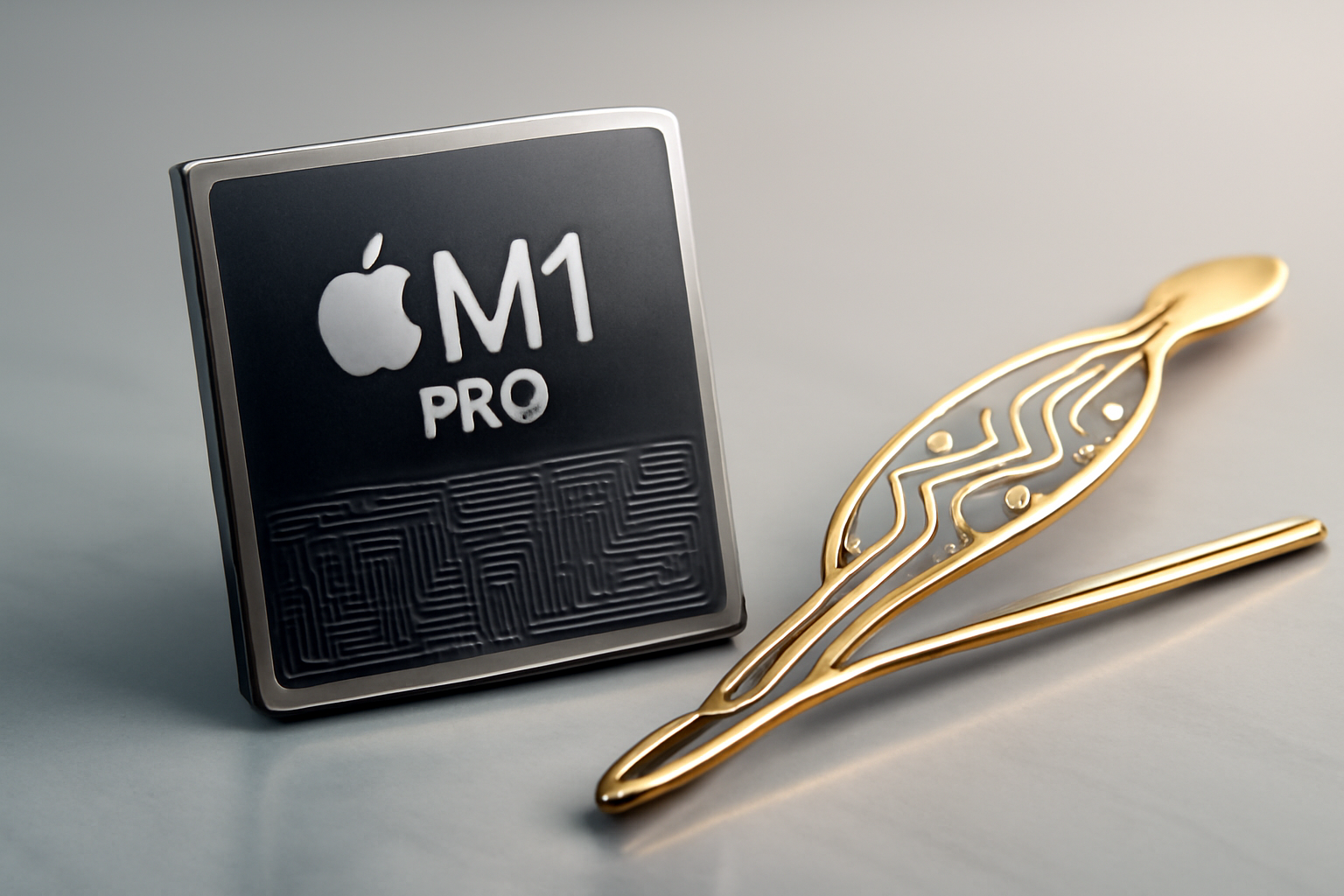The Rise and Evolution of Apple’s M1 Pro: From Flagship to Geek Chic
By Mark Tyson, News Editor at Tom’s Hardware
Apple’s silicon journey has been nothing short of revolutionary. When the M1 Pro chip was first introduced, it immediately set new standards for performance and efficiency in the laptop market, especially for professionals relying on powerful computing on the go. However, as newer generations have emerged, the once-mighty M1 Pro now occupies a different space — one that’s as much about nostalgia and creativity as raw power.
Apple’s M1 Pro: A Game-Changing Debut
When Apple unveiled the M1 Pro in late 2021, it marked a significant leap forward from the original M1 chip. Designed specifically for the MacBook Pro lineup, the M1 Pro brought more CPU and GPU cores, enhanced memory bandwidth, and specialized media engines. This made it a favorite for demanding tasks like video editing, 3D rendering, and software development.
The M1 Pro’s strengths lay in its balance of performance and power efficiency. Users enjoyed longer battery life without sacrificing processing muscle. This was a crucial factor that set Apple’s silicon apart from many traditional laptops running on Intel or AMD CPUs.
What Happened Next?
Fast forward to today, and the tech landscape has shifted. Apple has introduced the M2 series, with the M2 Pro and M2 Max further pushing the boundaries of speed and efficiency. Naturally, this leaves the M1 Pro feeling less like the flagship powerhouse it once was.
However, this doesn’t mean the M1 Pro is obsolete. In fact, its robust architecture still offers excellent performance for most users. But in the world of fast-moving technology, yesterday’s innovation often becomes today’s mid-range option.
The Curious Case of the M1 Pro Hair Clip
One of the more fascinating cultural offshoots of this shift is how some tech enthusiasts and artists have repurposed discarded M1 Pro chips into geek chic jewelry — specifically, hair clips.
This trend is a playful nod to the chip’s once-legendary status. By upcycling the silicon wafers and chips into wearable art, creators celebrate the intersection of technology and personal style. It’s a unique way to hold on to a piece of computing history, literally close to the head.
This phenomenon highlights two important things:
- First, the rapid pace of technological advancement means that cutting-edge hardware can quickly become surplus or replaced.
- Second, the emotional and cultural connection people have to technology goes beyond mere function; it inspires creativity and personal expression.
Why Should You Care About the M1 Pro Today?
Whether you’re a creative professional, a developer, or just a tech enthusiast, the M1 Pro remains a compelling option for several reasons:
- Performance: It still handles most resource-intensive tasks with ease.
- Energy Efficiency: Compared to traditional laptop CPUs, the M1 Pro offers impressive battery life.
- Software Optimization: Apple’s tight integration between hardware and software ensures smooth and reliable operation.
- Cost-Effectiveness: As newer models push prices higher, M1 Pro-based machines often provide better value on the used or refurbished market.
For users who don’t need the absolute latest specs, an M1 Pro-powered MacBook Pro remains a smart and capable tool.
Looking Ahead: The Future of Apple Silicon
Apple’s silicon roadmap promises even more innovation. The M2 series and beyond will continue to blur the lines between mobile and desktop-class performance, enabling new workflows and creative possibilities.
Still, the story of the M1 Pro is a reminder of how fast the tech world moves, and how hardware can take on new lives in unexpected ways — from powering cutting-edge laptops to adorning hairstyles.
For more in-depth analysis and the latest updates on PC and Mac hardware, be sure to visit Tom’s Hardware.
Mark Tyson is a seasoned news editor at Tom’s Hardware who enjoys covering the full breadth of PC technology, from CPUs and GPUs to emerging innovations in personal computing.

Leave a Reply